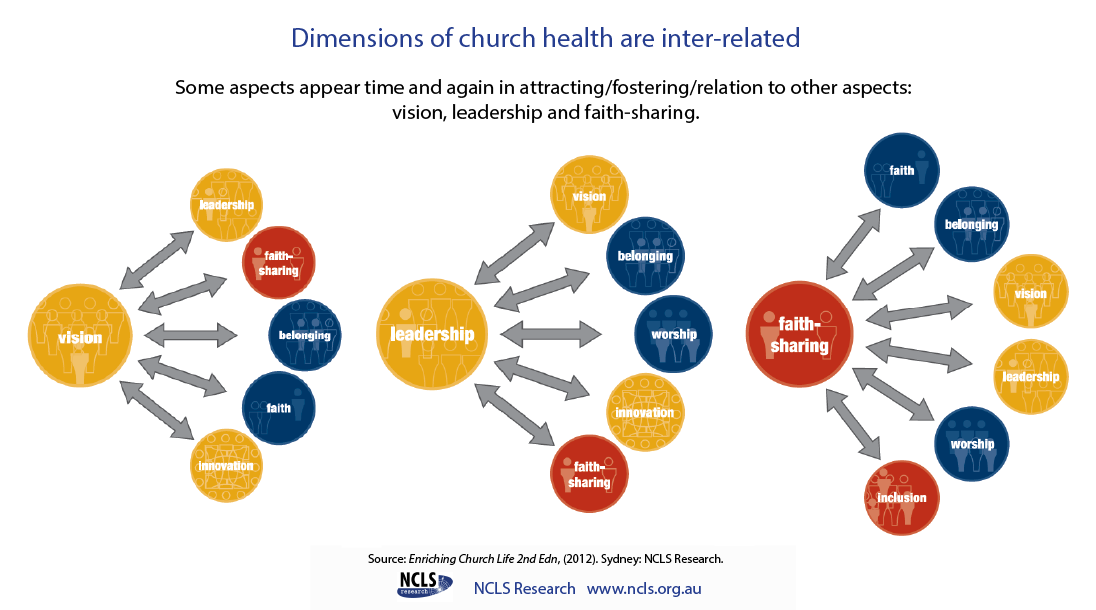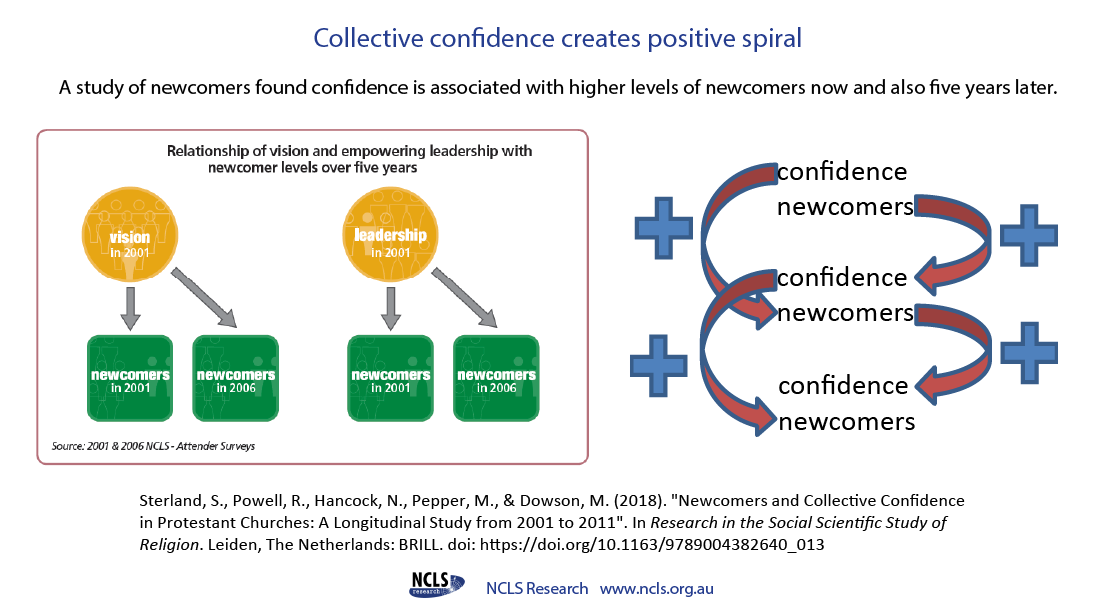Many of our studies assume that the local church can make changes to achieve a healthy church.
Yet, there are many factors outside the control of the church which impact on vitality outcomes. For instance, what about the social context? Or the theological tradition? What role does the internal life of the church have?
Features of the most impactful social contexts are younger age profile, urban location, people moving into an area, new housing, and arrivals from other countries. Faith tradition is also related, particularly Charismatic, Pentecostal and Evangelical.
However, our research shows that the quality of church life is a greater influence than context or tradition. The internal life of church matters more.
Social context and faith tradition do make a difference for church health
We have found that social context and faith tradition make a difference in church health. Features of the most impactful contexts are younger age profile, urban location, people moving into an area, new housing, and arrivals from other countries.
Often a change in demography is linked to decline. Indeed, where you are located matters. There are some places where it is easier to grow healthy churches than others.
However, our research shows that the quality of church life is a greater influence than the demographics of the local community. The internal life of church matters more.

The other finding is that faith tradition is also related to church health, particularly Charismatic, Pentecostal and Evangelical.
Theological tradition can give churches a “head start” but Core Qualities play a role over and above. These are relevant in all churches.

Dimensions of health are inter-related
Dimensions of church health are inter-related. Some aspects appear repeatedly. These are Vision, Empowering Leaders, and Faith Sharing.

It is a system that feeds on itself. If you get these things strong the whole system thrives. We also found there is a spiral effect between confidence in the church and newcomers. Confidence builds newcomers, newcomers build confidence, and so on and so forth. This research was done with high-level monitoring.

In the midst of a pandemic
One obvious social dynamic that has impacted church life in 2021 is the COVID-19 pandemic and it's social isolation measures. The impacts are being felt across the country, across faith traditions and contexts. In these times, we encourage church leaders to reflect on ways to nurture health in their churchgoers, their leaders and local community. As they respond and adapt to the evolving situation we hope to equip leaders with wisdom and insight. More information can be found in the related articles below, including what makes a healthy church in these times and leaders share their experiences of nurturing church health during social isolation.
Kathy Jacka and Ruth Powell, NCLS Research with Rod Bennett, WildHive Studios.
Further Reading





